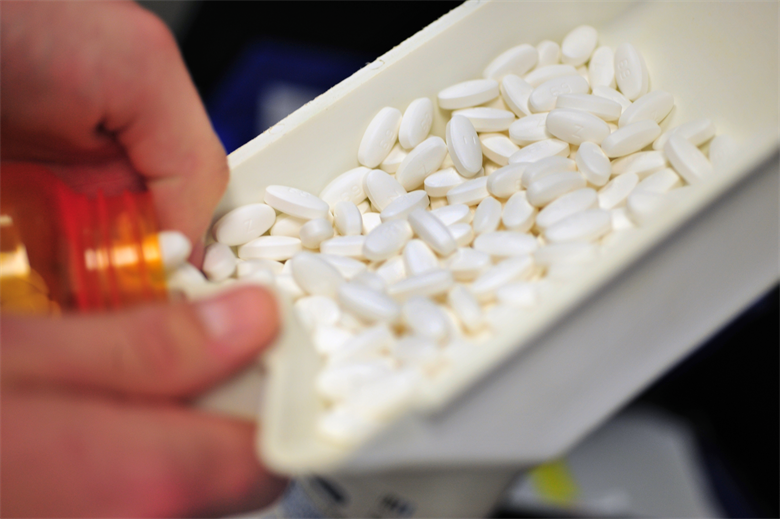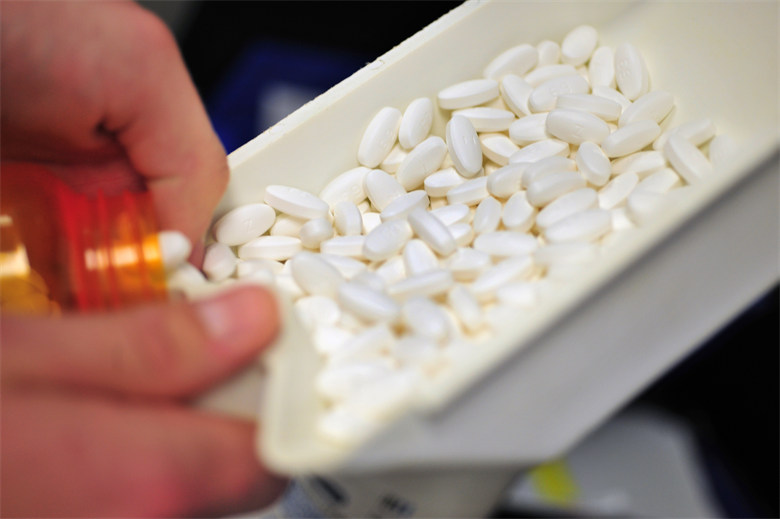While the global health concern surrounding coronavirus is laser-focused on finding a vaccine, the average U.S. citizen and consumer of “tips on how to combat the spread of coronavirus” is unaware of the severe incapacity of the U.S. to manufacture, in bulk, the amount of vaccines necessary in this (or any future) health crisis.

In order to make a vaccine, active pharmaceutical ingredients (“API”) are necessary. Currently, 90% of all active pharmaceutical ingredients utilized by U.S. drug manufacturers are made in China with one notable exception, Pfizer, who has three U.S. based API manufacturing facilities. Because of this, Pfizer, according to a spokesman, is able to manufacture their products with less than 2% of their API’s coming from China[1]. But it’s not just vaccines; additionally, it’s estimated that 97% of all antibiotics come from China as well[2].
Meanwhile, with U.S. pharmaceutical companies quietly outsourcing the health and safety of our citizens with nary a whimper from the average American consumer, we are now faced with a dual problem.
First, capacity. Even if the United States were to develop an effective vaccine to the coronavirus, we are fully reliant upon China to give us the API necessary to mass-produced it. There is nothing in the current coronavirus legislation which addresses the need for rapid, mass drug production.
Second, security. Even if the United States were to negotiate – to have the major drug companies like Roche or Johnson & Johnson bring back the drug supply chain – what incentive is there for drug manufacturers to do so? With pharmaceutical spending projected to reach $500 billion in U.S. by 2020, drug companies have, and will continue to generate massive profits by outsourcing API manufacturing to China. This is why President Trump’s re-calibration of the relationship between the U.S. and China was so necessary.
Furthermore, manufacturing is not just about creating jobs, even though for a politician this is often the most important. Manufacturing is also about having in place the processes necessary for national security when it is tested. We needn’t look further than World War II to find a perfect example of this.
During the Second World War, America (not China) was the world’s largest industrial manufacturer. As a result, American industry provided almost two-thirds of ALL the Allied military equipment produced during the war. Then, in the four years of American engagement in World War II, American industrial production DOUBLED in size[3] . The U.S. defeated Nazi-ism because the U.S. didn’t have to rely upon another country to help them build the tools needed to eliminate Hitler.
This is most definitely not the case today as we face a pandemic.
Today, China is number one in the world in terms of manufacturing output with $2.01 trillion generated by that sector in 2018. Meanwhile, the United States is in second place, lagging $200 billion behind with only $1.867 trillion. Twenty-five percent of this valuation is due to U.S. pharmaceutical industry.
As we continue to focus on combating coronavirus now, we should also prepare to fight coronavirus and/or the next health pandemic in the days to come by ensuring we bring API manufacturing back onshore in the U.S. Washington, D.C. knows another global pandemic will arise. The question is how do we ensure the U.S. the best prepared when it does?
